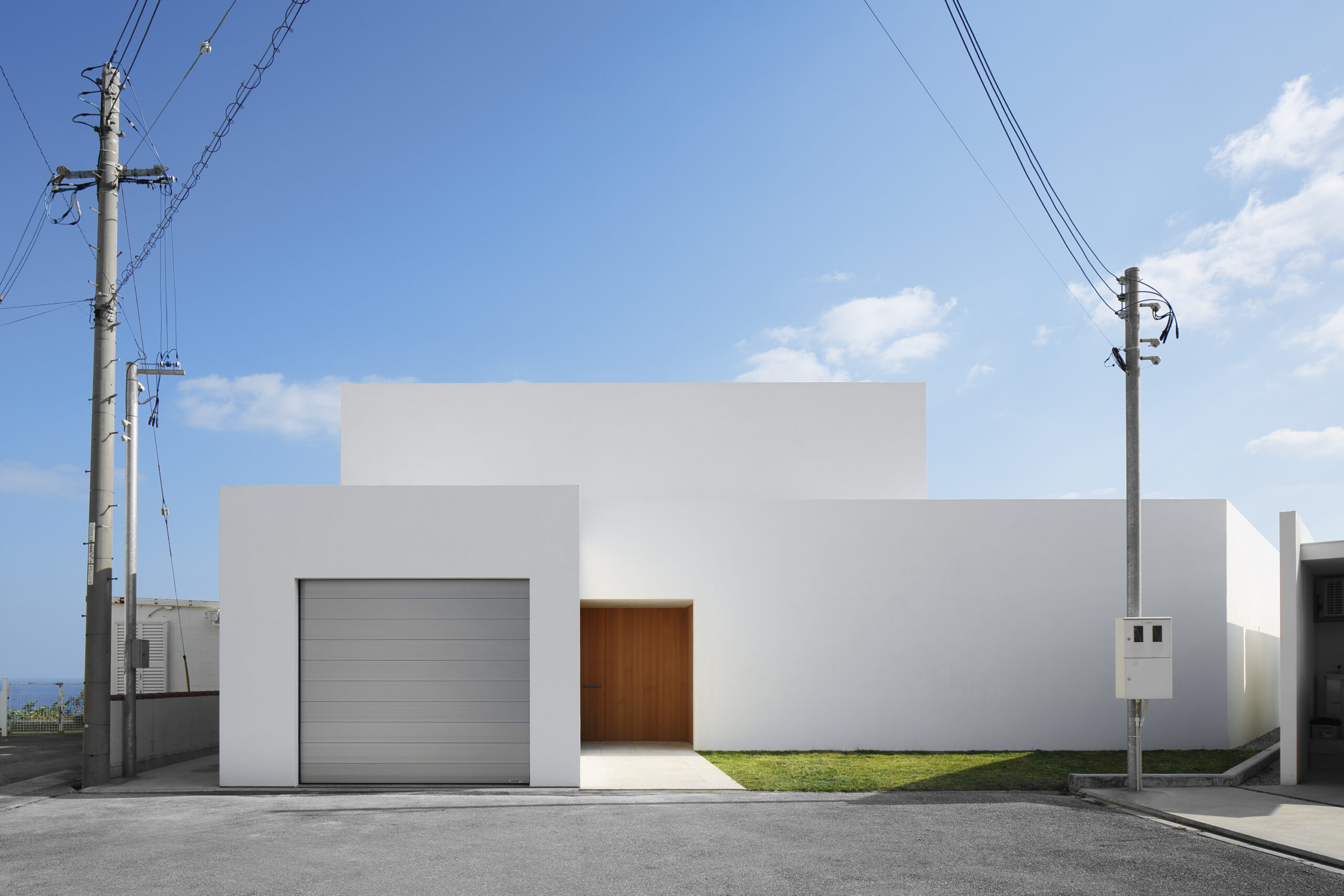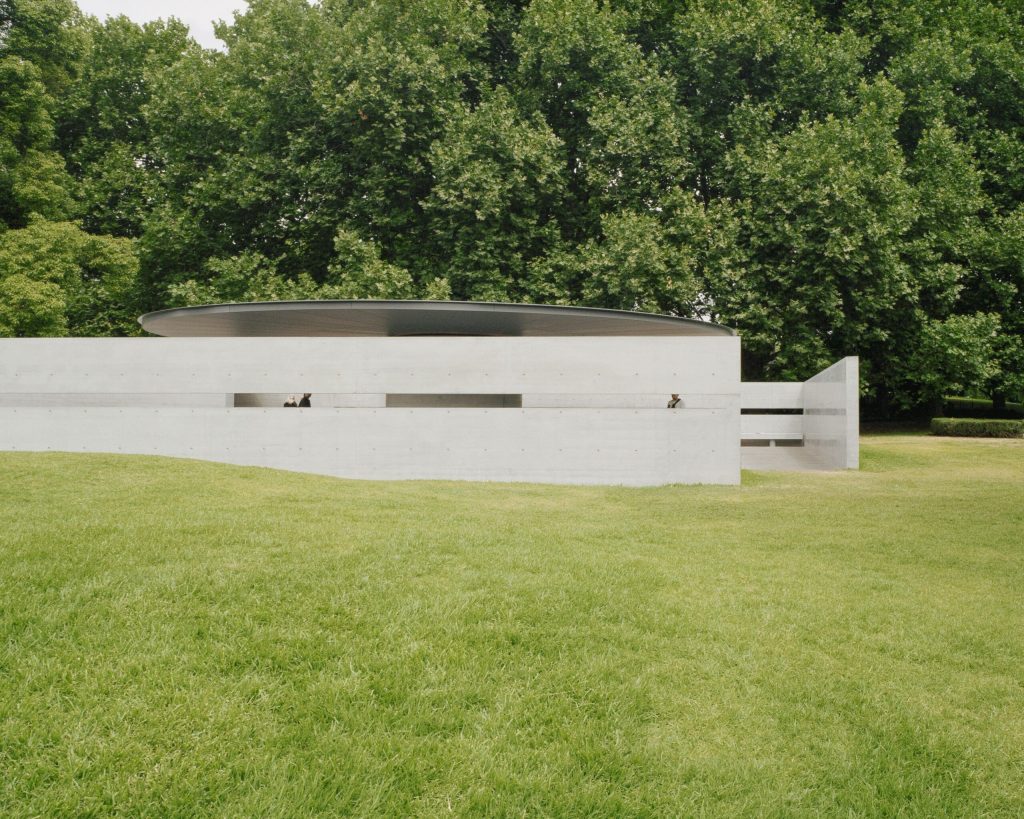Got a project that’s too wild for this world? Submit your conceptual works, images and ideas for global recognition and print publication in the 2025 Vision Awards, launching this spring! Stay updated by clicking here.
In terms of “styles” architecture is going through a very democratic era. While the 20th century was characterized by the turbulent shifts of architectural styles — from art nouveau and art deco to the dominance of modernism and all its variations followed by its postmodern “critic” — the 21st century has somewhat allowed architects to transcend boundaries and experiment beyond any specific movement. Yet, modern and postmodern styles still seem to be in competition, not only in design but also in terms of the general philosophy behind architectural practice.
On the one hand, postmodernism emerged during the 1970s and 80s and reacted against the austere, functionalist principles of modernism, challenging the “form follows function” dogma. It encouraged architects to include a mix of historical references, styles and ornamentation in their designs, with Robert Venturi, a prominent figure of the movement, famously writing the phrase “less is a bore,” advocating for complexity and contradiction in architecture. Still, perhaps what has been the most crucial aspect of postmodern philosophy is the emphasis on contextualism, where architects sought to engage with the surrounding context, respecting the local history and culture and focusing on the human-centric aspect of design.
Postmodern examples such as Vlado Milunić and Frank Gehry’s Dancing House, the Groninger Museum in the Netherlands by Alessandro Mendini et al. and the Bonnefanten Museum in Maastricht by Aldo Rossi promote the movement’s fragmentation, asymmetry polychromy and theatricality principles. The expressive approach, the context sensitive design and the overall playfulness of postmodernism promote an ambiguity and complexity that has always been distinctly present in contemporary society.
No machine-readable author provided. Chosovi assumed (based on copyright claims)., La Casa Danzante de Praga 1, CC BY-SA 2.5
Despite the critique that modernism faced by the 1970s — often labeled as alienating and elitist, especially after a series of failed tower block projects in east London — its principles are still widely practiced throughout the world, though perhaps in a more covert form. The primary modernist movement opted for functionality, clean lines and exposed structures as well as the use of new technologies and materials.
Walter Gropius, founder of the Bauhaus School, Le Corbusier, Ludwig Mies van der Rohe and Frank Lloyd Wright are some of the most influential architects of the movement, whose works opened up an array of innovative directions in architectural discourse. For instance, practices such as “the five points” of architecture (pilotis, free facade, free plan, ribbon windows, and roof garden), the famous 1923 “Brick Country House” composition, and Adolf Loos’s Raumplan, gave future architects tremendous tools for designing for the built environment.
Today however, modernism can also be found in more sustainable and globally conscious discussions as well as in the profound, emerging trend of minimal design. Following decades of hyper consumerism and excessive construction, dialogues regarding sustainability, mindful building practices and a prioritization in restoration over demolition as well as the pursuit of net-zero architecture, can all be considered traces of the modernist thought.
Additionally, minimal design projects once again celebrate function over aesthetics and promote a lifestyle of general decluttering, echoing the modernist movement. As a reaction to the often overwhelming visual noise of urban environments, minimalist architecture pushes for simplicity, lightness and material honesty. Architects John Pawson and Tadao Ando and their projects Wooden Chapel and Church of Light exemplify this approach, crafting structures that place emphasis on empty space to represent the beauty and symbolism of unspoiled spatial perception.

Okinawa House by John Pawson, Okinawa Prefecture, Japan
It is not arbitrary that both movements are very present in today’s architectural field. Despite their differences, both the expressive, human-centric approach of postmodernism and the restrained, functionalist philosophy of modernism offer valuable perspectives on the future of architecture. This juxtaposition opens up the debate of which attitude may best serve future generations to tackle contemporary challenges such as climate change, rapid urbanization or social housing. Is the expressive, locally responsive, and symbolically rich ethos of Postmodernism the answer to ensuring that architecture remains deeply connected to cultural identity? Or should architects prioritize the sustainable, minimalist, and technology-driven ideals of Modernism, creating spaces that are efficient, adaptable, and ecologically responsible?
As in most cases, the answer is not purely black or white. The coexistence of these two dominant styles in the current architectural era demonstrates that both have stood the test of time, each offering valuable contributions to contemporary design. Rather than opposing forces, these movements can be seen as complementary, each bringing unique strengths that continue to shape the evolution of architectural practice.
Got a project that’s too wild for this world? Submit your conceptual works, images and ideas for global recognition and print publication in the 2025 Vision Awards, launching this spring! Stay updated by clicking here.
Featured Image: MPavilion 10 by Tadao Ando Architect & Associates, Jury Winner, Architecture +Community, 12th Annual A+Awards

